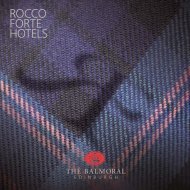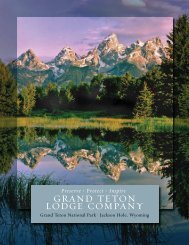Through Four Seasons' Eyes Budapest - IMEX America
Through Four Seasons' Eyes Budapest - IMEX America
Through Four Seasons' Eyes Budapest - IMEX America
Create successful ePaper yourself
Turn your PDF publications into a flip-book with our unique Google optimized e-Paper software.
39<br />
use, and the ruins of Aquincum and its nearby<br />
museum testify to the tremendous skill of<br />
Roman engineers who built elaborate aqueducts<br />
and drainage systems that helped foster a<br />
f lourishing bathing culture.<br />
Arrival of the Turks<br />
When the Ottomans occupied <strong>Budapest</strong> from<br />
1541 to 1699, they erected several of their own<br />
bathhouses throughout the city. Two of these<br />
remain, in part at least: the Király and Rudas<br />
Baths still boast their original Turkish domes<br />
and central pool structure. These baths have<br />
men’s, women’s and mixed bathing days, where<br />
guests have no qualms about shedding their attire<br />
as they flit between steamy saunas and cooling<br />
pools. Most impressive around high noon, the<br />
central bathing hall of the Rudas is beautifully<br />
lit by beams of sunlight, which filter through<br />
the hexagonal holes in the domed roof, an effect<br />
augmented by steam rising off the water.<br />
The new millennium<br />
Given that most of the city’s hundred or so<br />
thermal springs originate in Buda, this is<br />
also where you’ll find most of the city’s baths,<br />
such as the Gellért connected to the four-star<br />
hotel of the same name. Striking Secessionist<br />
and neo-Classical details adorn the interior<br />
bathing halls as well as the outdoor pools.

















